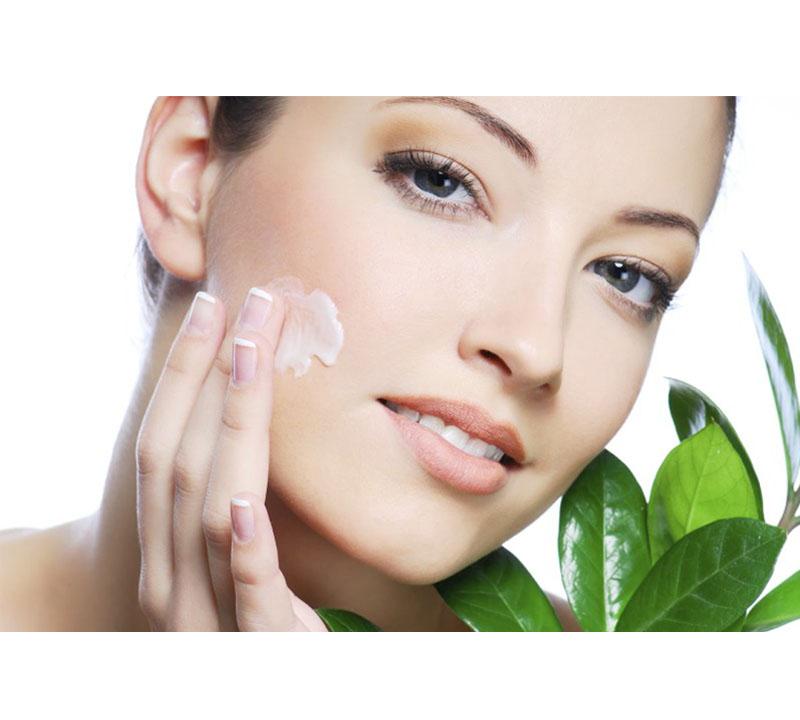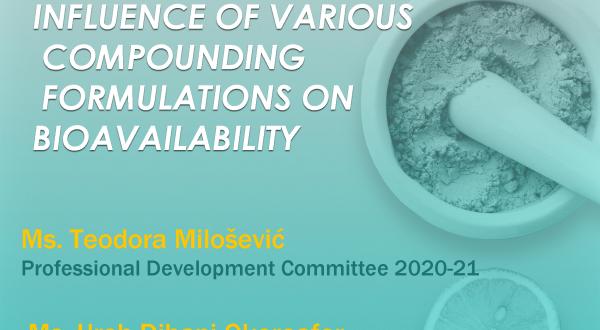
Compounding Corner - February
Cosmeceutical compounding and skin care
By Minkyung Joo
Cosmeceutical compounding is deeply rooted in the origins and history of pharmacy. Cosmeceutical products use a combination of pharmaceutical ingredients and scientific research to improve the appearance of skin. A compounding pharmacist is a healthcare professional who possesses the knowledge and proper skills required for compounding. A compounding pharmacist uses pharmaceutical ingredients combined with scientific knowledge to develop personalized treatments for anti-aging, acne, scar reduction, stretch mark reduction and nutritional concerns. They can also prepare bioidentical hormone replacement treatments that improve the skin by addressing hormonal imbalances that contribute to redness and acne.
What are Cosmeceuticals?
The word “cosmeceuticals” was popularized by Albert M. Kligman in the late 1970s and is a term used for cosmetic products that have been combined with pharmaceutical ingredients. If a product's label includes ingredients such as botanical extracts, vitamins or peptides, it could probably be considered to be a cosmeceutical. The term “cosmeceuticals” does not necessarily mean that these cosmetics contain drugs with pharmacological properties. Under the law, the term has no meaning. While the Federal Food, Drug, and Cosmetic Act from FDA does not recognize the term "cosmeceutical," the cosmetic industry uses this word to refer to cosmetic products that have medicinal or drug-like benefits. So there are no specific criteria set up for products to be included in this category.
What Are the Ingredients in Cosmeceuticals?
Many commercial cosmetic products often have ingredients that include antioxidants such as Vitamins A, B, C and E, coenzyme Q-10, depigmenting agents such as hydroquinone, botanicals such as aloe vera and hormones such as human growth hormone which are beneficial for improving the skin. These products, however, contain concentrations that are too low to provide anti-aging benefits. Cosmeceuticals are typically available from pharmacies and contain higher concentrations of the active ingredients necessary to provide significant anti-aging benefits.The big difference between cosmetics and cosmeceuticals is the potency and strength of ingredients. Before buying, it’s better to learn more about the ingredients. A compounding pharmacist can also help you sort out what works and what might help your skin.
Get the best cosmeceuticals for your body and skin
Compounded cosmeceuticals are made specifically for different skin types. Commercial cosmetic products do not always meet the unique needs of your skin and typically include one active ingredient, combining it with added fillers to give the product bulk. Unfortunately, it is very common for some of these fillers to irritate your skin or contribute to allergic reactions. Besides, many manufacturers discontinue products from their line in favor of pushing out new types of makeup to keep consumers interested. When you can no longer find your favorite moisturizer, ask your compounding pharmacist. Your compounding pharmacist can mix up a similar product that provides the same results as well as helping your skin to appear younger and healthier.
Reference
[1] FDA’s Human Drug Compounding Progress Report: Three Years After Enactment of the Drug Quality and Security Act, January 2017
[2] FDA, Cosmetics, https://www.fda.gov/Cosmetics/Labeling/Claims/ucm127064.htm (access 16.Feb.2018)
[3] Patricia K. Farris, Cosmeceuticals and Cosmetic practice, 11-12, WILEY blackwell
[4] PCCA, Specialty Compounding, www.pccarx.com/what-is-compounding/specialty-compounding/anti-aging-cosmeceutical-compounding (access 16.Feb.2018)
[5] S.Mukul, K.Surabhi, N.Atul, Cosmeceuticals for the skin: An overview, Asian Journal of Pharmaceutical and Clinical Research, Vol. 4, Issue 2, 2011, ISSN - 0974-2441
[6] R.Lage, C. Mendes, B. Martinez, Z. Abdalla, J. Arbiser, A. Costa, Cosmeceutical Ingredients: Botanical and Nonbotanical Sources, Clinical Approaches and Procedures in Cosmetic Dermatology, 1-22, December 2016



